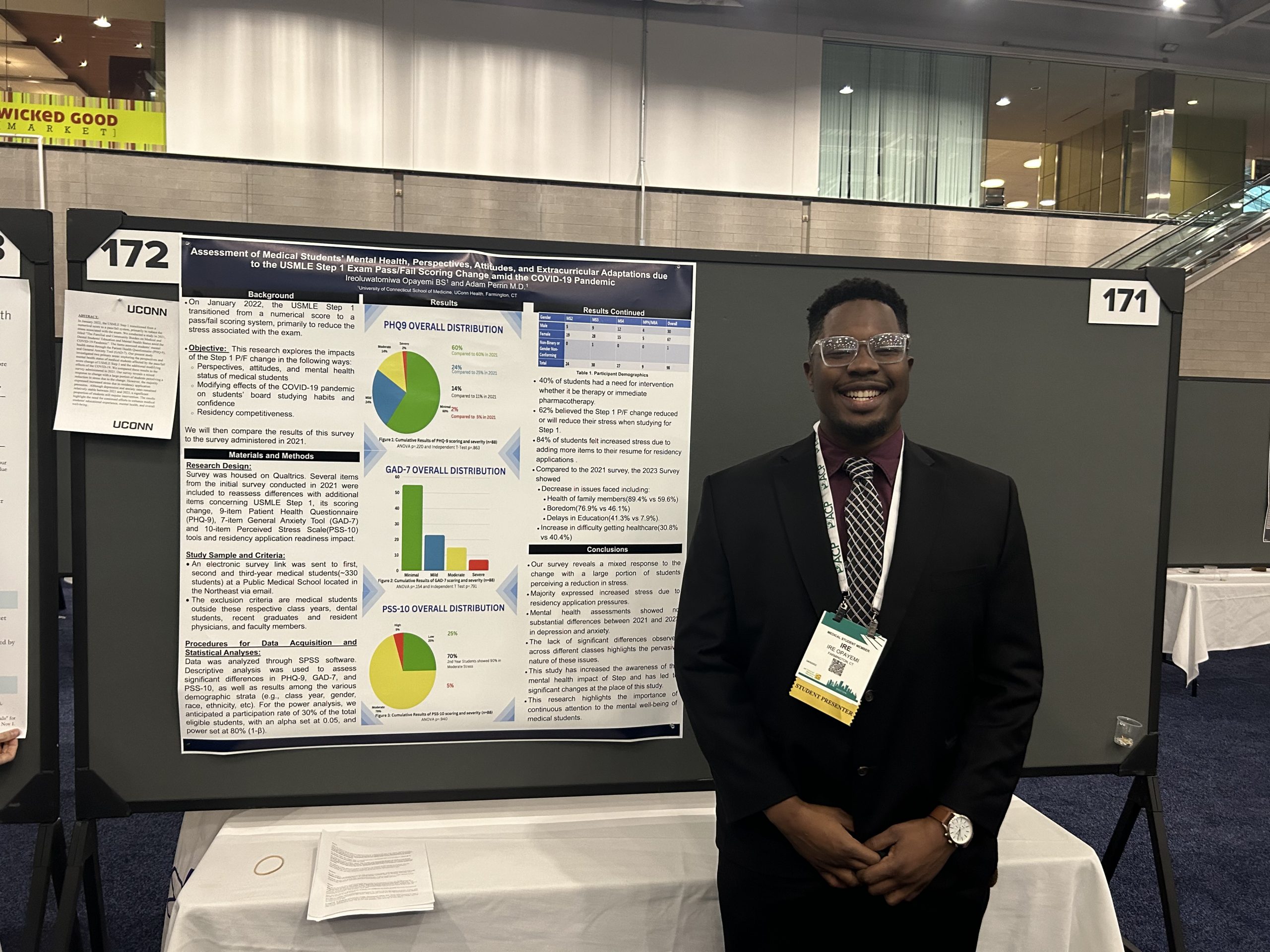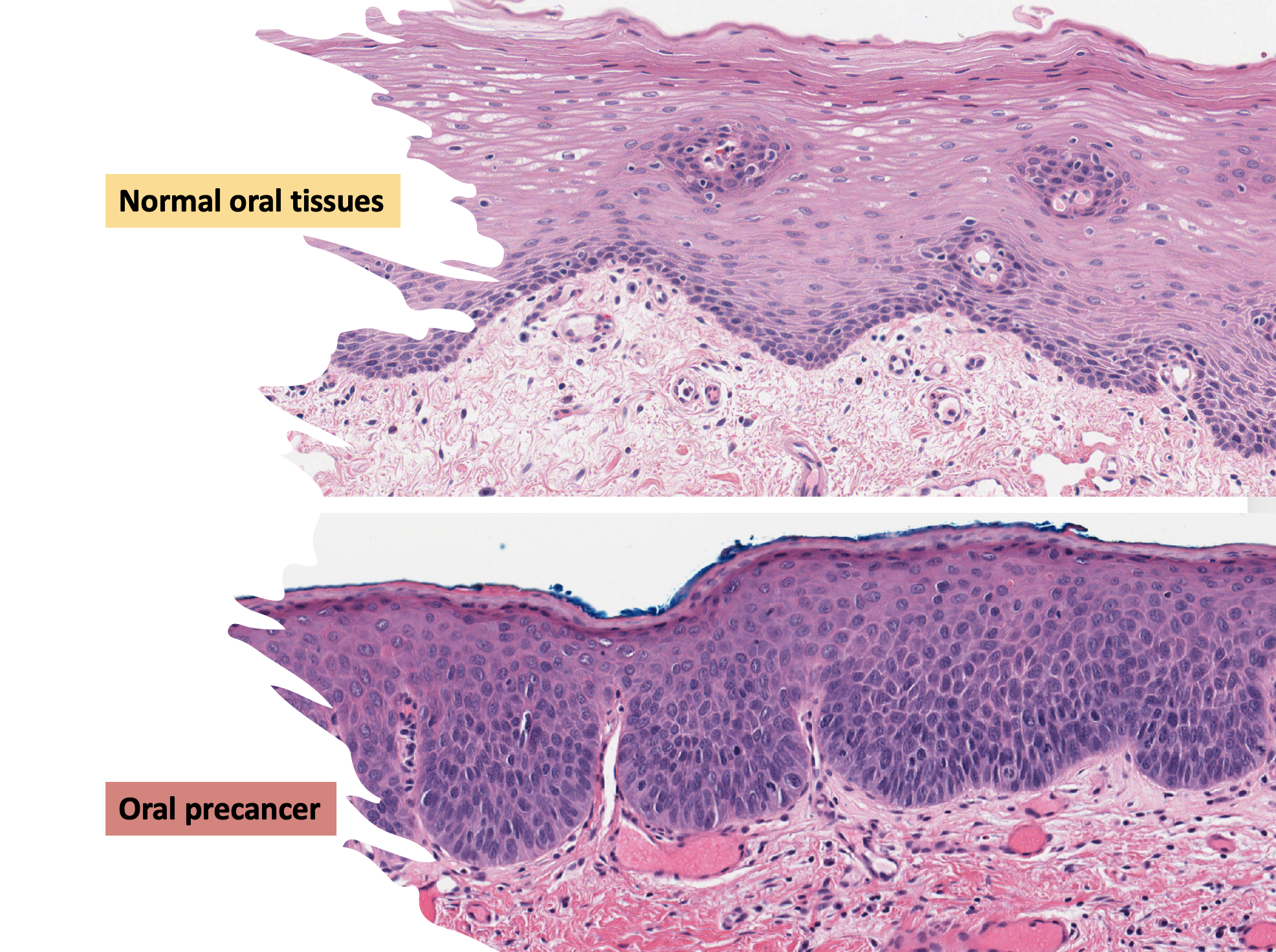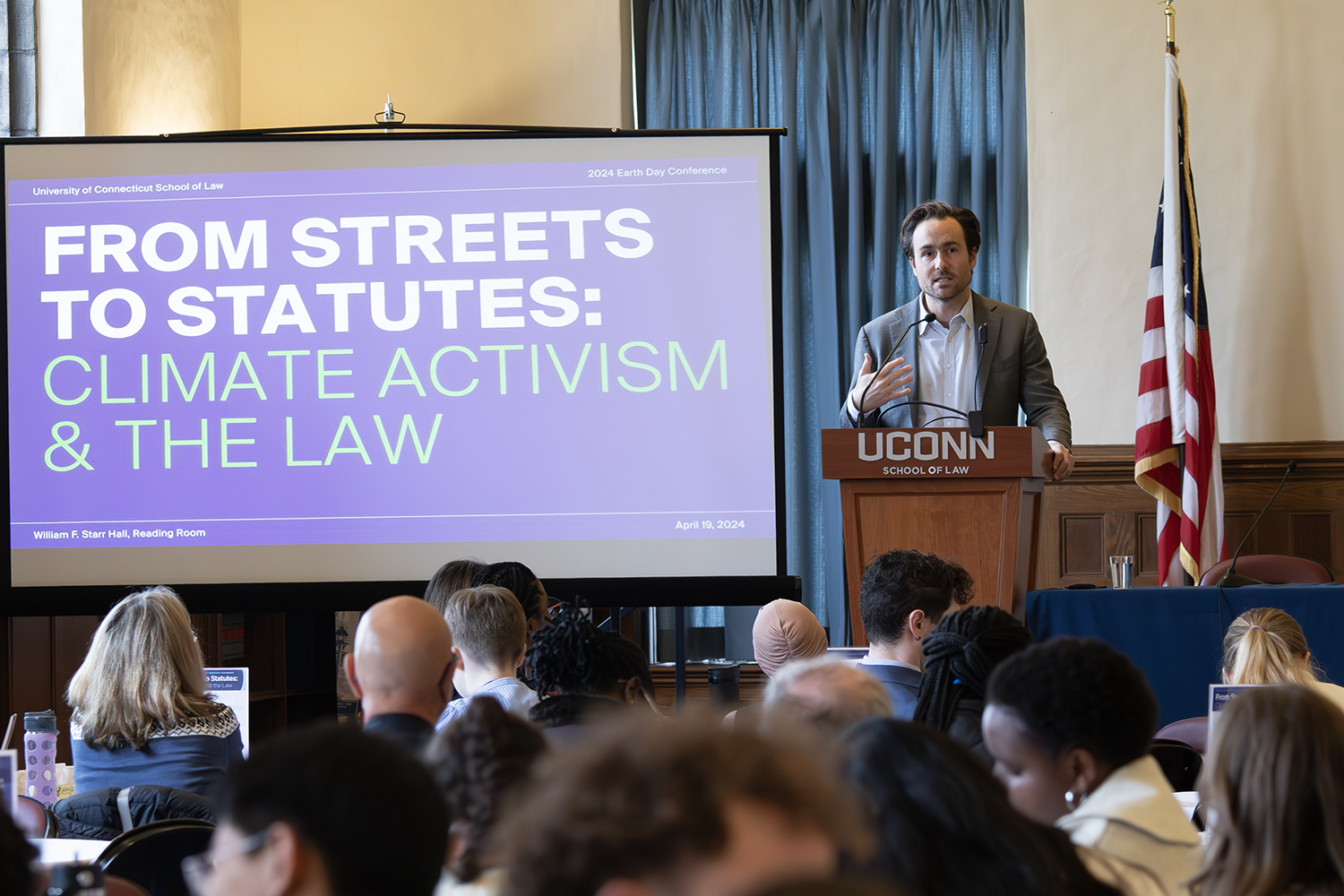Warmer weather is here, which means preparing the garden and doing some spring cleaning around the house after a long sedentary winter.
“Maintaining your lawn and garden can require repetitive bending, kneeling, reaching, and twisting, resulting in an extensive amount of strain on your muscles and joints,” says UConn Health Center physical therapist Karen Wojcik. “We see a lot of patients complaining of aches, pains, and soreness during the spring.”
With people spending so much time raking, digging, and planting, injuries are bound to happen. Wojcik offers some helpful tips to keep you pain-free this spring.
- Warm up – before gardening or a heavy-duty cleaning project, take a short walk and do some light stretching to warm up your muscles.
- Pace yourself – don’t try to do too much, too quickly; spread your workload over a few days.
- Change positions – staying in one position for long periods of time puts stress on your muscles and joints. Always remember to keep moving to avoid overworking specific areas of the body.
- Avoid bending – kneeling instead of bending will place less strain on your back, but remember to wear kneepads for extra comfort.
- Lift carefully – always be cautious on how you are lifting. When carrying heavy loads, hold objects close to your body and when lifting, lift with your legs not your back.
- Protect your skin – use sunscreen with an appropriate SPF level for your skin type or wear a wide-brimmed hat.
If you do over-extend yourself and end up with some aches and pain, the best way to feel better is to ice it.
- Most authorities recommend icing two to three times a day for 20 to 30 minutes each time.
- Wrap ice or a bag of frozen vegetables in a towel and place it on the area.
If the pain does not subside after a day or two, call your doctor or physical therapist (if you already have one).
Follow the UConn Health Center on Facebook, Twitter and YouTube.



